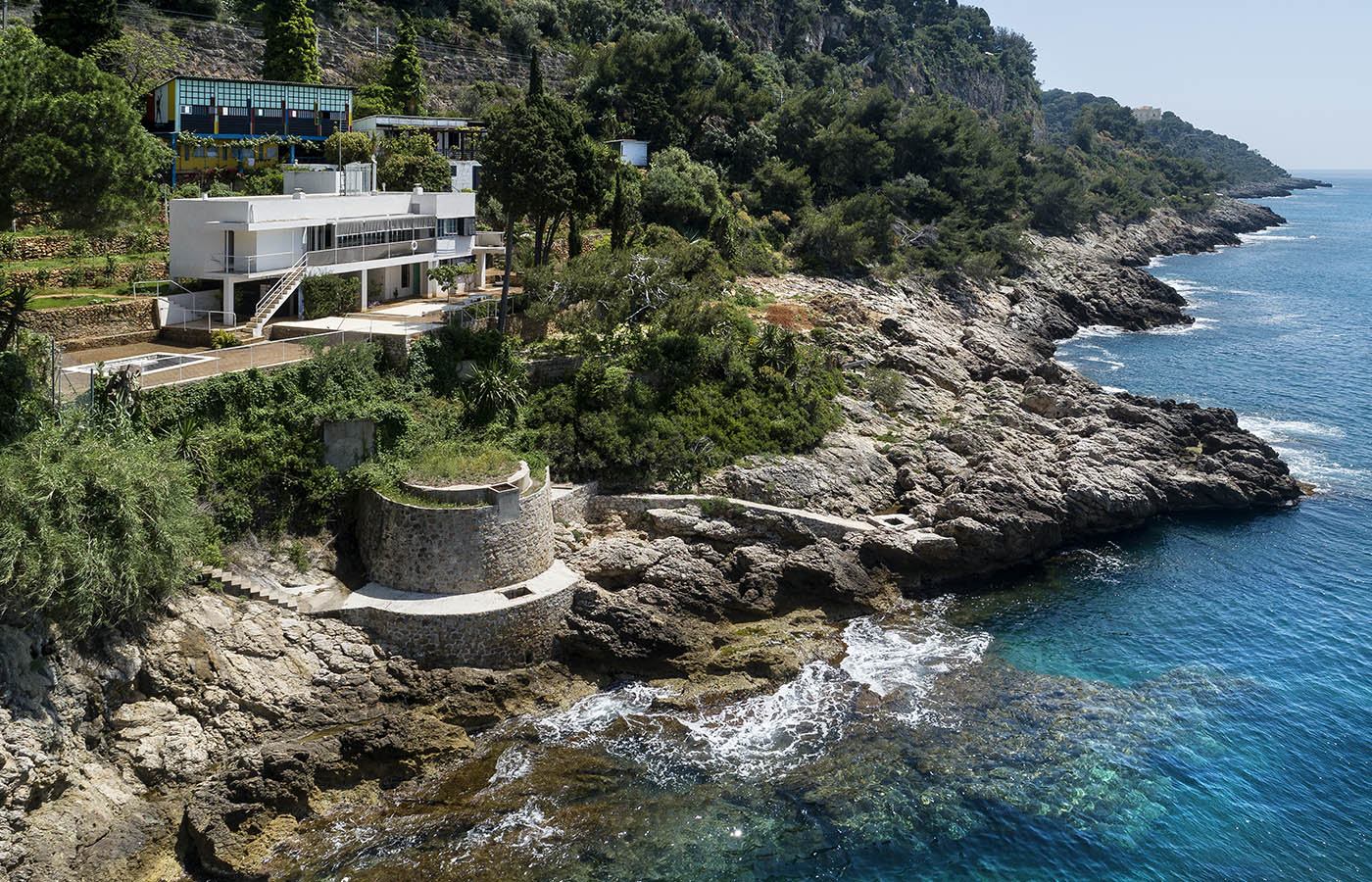Born Katherine Eileen Moray Smith in 1978 in the southeast of Ireland, Gray had a privileged background, enabling her to pursue her studies. Enrolled at the Slade School of Fine Art to study painting, it was in Paris that she was particularly struck by the Art Nouveau pieces on display. Following years in London saw her becoming student of renowned Japanese lacquer artist, Seizo Sugawara. Her approach to lacquer developed as less formal and she began applying this style not only to screens, but also to architectural paneling and extra-vagant furniture pieces.

Back in Paris, she opened Galerie Jean Désert to sell furniture that she and her friends had designed. Eileen Gray’s most iconic work is, arguably, E-1027 villa. It was in 1924 that with her lover Jean Badovici, architect and critic, that she began working on the construction of E-1027 on a steep cliff overlooking the Mediterranean at Roque-brune near Monaco. The house emerged as a model of a new approach to Modernism echoing contemporary houses designed by Le Corbusier and Walter Gropius, to name a few.

L-shaped and flat-roofed with floor-to-ceiling windows facing the sea and a spiral stairway to the guest room, E-1027 was both open and compact. Gray designed the furniture and collaborated with Badovici on its structure, keeping it gentler and more sensual in spirit than those constructed by their peers.
Yet shortly after its completion in 1929, Gray split from Badovici. She focused on a new home, Tempe a Pailla in Castellar, while Badovici remained at E-1027. Le Corbusier often visited him and during his staying in the late 1930s, he painted eight enormous murals on the walls. Gray, who had not been consulted, accused him of “an act of vandalism”. Having clashed with the powerful Le Corbusier, she was ostracized by the design establishment, and lived reclusively until her work was rediscovered in the late 1960s. E for Eileen, 10 for the letter J of Jean, 2 for the B of Badovici, and 7 for the G of Gray. The name of the villa thus incorporates the initials of Eileen and Badovici still echoing the story of their love and the pioneering vision that created one of the most iconic examples of Modernist architecture.







